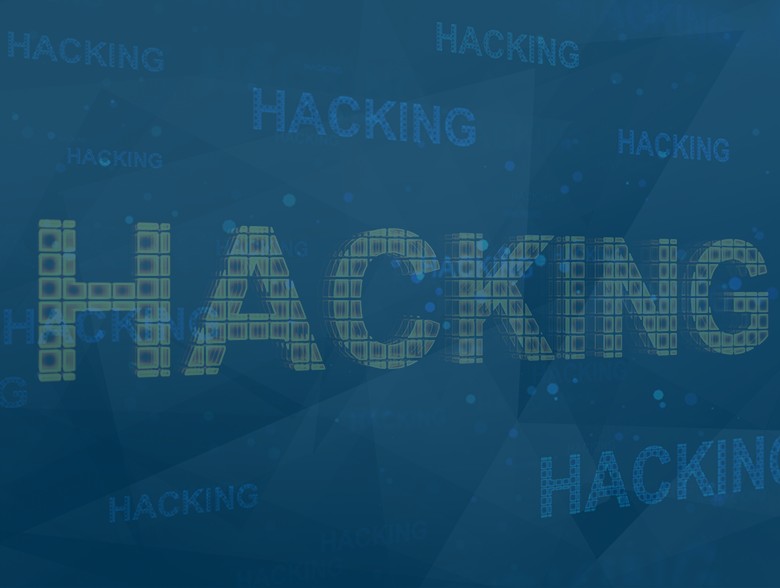By Carl Torrence, Content Marketer at Marketing Digest
Why is cybersecurity such a big issue in organizations all over the world?
It’s simple — Data breaches end up in loss of a lot of business.
According to recent research, the average cost of a data breach is $4.35 million dollars globally.
What this data tells us is that it is critical for organizations to become proactive at identifying risks to mitigate any risks that could cause devastating consequences.
Hackers are already using advanced tools, creative techniques, and modern technologies like artificial intelligence and machine learning to get around security protocols and penetrate an organization’s network.
Given the cost of a single cyber attack, organizations can no longer afford to just sit and wait for an attack to hit them.
The only way organizations can prevent cyber attacks and the damages it concurs is by exercising proactive cybersecurity to stay one step ahead of hackers all the time.
Getting Ahead of the Hackers
Getting ahead of hackers and cybercriminals is no longer an option but a necessity for organizations.
This especially applies to organizations that deal with personally identifiable information like private, medical, and financial information to execute their daily activities.
Fortunately, there are plenty of methods organizations can implement to get ahead of hackers such as
- Penetration testing
- Security assessments
- Code review
- Threat hunting
- Phishing attack simulation
- Cloud Security
Penetration testing, for example, is a common practice among organizations to intentionally attempt to gain unauthorized access to an organization’s system to identify potentially weak attack vectors in the network.
Doing so can help to test the overall strength of the security of your organization’s network and all of its assets before they can be compromised by hackers.
While there is no surefire way to prevent every single cyber attack, taking necessary proactive cybersecurity measures can help to minimize threats and safeguard your organization’s network from serious attacks.
What is Proactive Cybersecurity?
Proactive cybersecurity is about anticipating future threats and taking appropriate action to eliminate them.
Unlike reactive cybersecurity where everything is done after a cyber attack occurs, proactive cybersecurity is about doing everything before an attack occurs so that you can prevent future cyber attacks.
So, by becoming proactive at identifying cybersecurity risks, you cannot only stay ahead of hackers but can save your organization from dire, irreversible damages that cyber attacks can implicate.
Tips to Become Proactive at Identifying Cybersecurity Risks
If you’re serious about adopting a proactive cybersecurity approach for your organization, you’ve most certainly made the right decision.
Here are the top five tips you should keep in mind when implementing a proactive cybersecurity program in your organization.
1 – Embrace a Proactive Mindset
To adopt a proactive cybersecurity program, you must embrace a proactive mindset to recognize the consequences of unknown threats that lurk outside your radar.
By embracing a proactive mindset, it becomes easier to predict and prioritize threats because you will have better visibility of your organization’s attack surface and easy-to-exploit vulnerabilities lying on it.
2 – Define “Crown Jewels”
When it comes to protecting your organization from cyber attacks, you need to identify and define the crown jewels in your environment.
For the uninitiated, a crown jewel in an organization’s network can be anything from critical servers, data centers, applications, code repositories, etc. These are the critical assets in your network that you need to absolutely protect at all times.
Ideally, you should define your crown servers, crown applications, crown systems, crown data centers, and even crown employees.
Once you do that, you need to put proper processes in place for securing and protecting your crown jewels.
3 – Adopt a Centralized Solution
If you want to get ahead of hackers, you need to go beyond traditional cybersecurity solutions.
To get there, organizations need to adopt a comprehensive & centralized solution like CAASM that can create a complete inventory of all cyber assets and actively monitor the attack surface for cyber threats.
For the uninitiated, CAASM is an acronym for Cyber Asset Attack Surface Management and is an emerging cybersecurity solution that helps to gain full visibility in your organization’s network, evaluate attack surface vulnerabilities, and identify & mitigate cybersecurity risks before hackers exploit them and cause any serious damage.
4 – Implement Zero-Trust Framework
Zero-trust framework is a popular concept in the cybersecurity space that automatically assumes every request for network access to be a potential threat.
The primary purpose of the zero-trust framework is to limit access based on the least privilege concept.
The least privilege concept is about restricting employee access to only necessary resources to do their jobs. For instance, you can impose a zero-trust framework on your financial resources so that only authorized financial personnel can access the required financial information.
Similarly, if you have a remote team working from different locations, the zero-trust framework helps to make sure that the remote workers aren’t hackers but are actually your remote employees only.
In a nutshell, implementing the zero-trust framework is about adding an additional layer of authentication to verify that users are who they say they are.
5 – Establish a Culture of Security
Finally, organizations must make cybersecurity a part of their culture to identify and mitigate cybersecurity risks ahead of hackers.
While technology has been playing a crucial role in this field, it can only protect your organization to a certain degree. This is especially true since new variants of malware, phishing, DOS, spoofing, etc. are constantly coming online every passing day.
To combat this, it’s critical for organizations to provide regular training on practicing good cybersecurity habits such as changing passwords, using different credentials for each service, and leveraging device encryption to name a few.
Doing so can elevate your organization’s cybersecurity strength and prevent cyber criminals from detecting and exploiting vulnerabilities in your environment.
Conclusion
Many organizations still believe in the misconception that if you’ve never encountered a cyber attack until now, you’re not likely to encounter it in the future as well.
Unfortunately, that’s not how data breaches or any other type of cyber attack work.
While minimizing the damages caused by a cyber attack is immensely important, it shouldn’t be the main focus of your organization’s cybersecurity program.
It’s even more critical to put a proactive cybersecurity strategy in place to reduce the overall risk to your organization.
About the Author
 Carl Torrence is a Content Marketer at Marketing Digest. His core expertise lies in developing data-driven content for brands, SaaS businesses, and agencies. In his free time, he enjoys binge-watching time-travel movies and listening to Linkin Park and Coldplay albums. Carl can be reached online on LinkedIn and Twitter.
Carl Torrence is a Content Marketer at Marketing Digest. His core expertise lies in developing data-driven content for brands, SaaS businesses, and agencies. In his free time, he enjoys binge-watching time-travel movies and listening to Linkin Park and Coldplay albums. Carl can be reached online on LinkedIn and Twitter.


